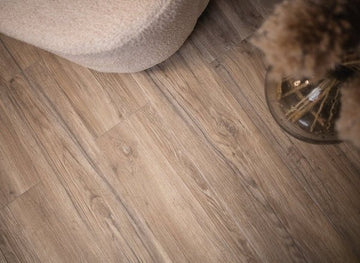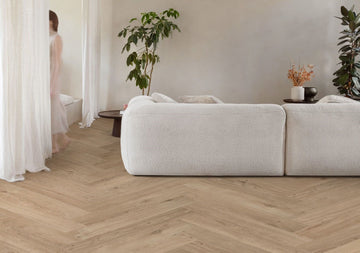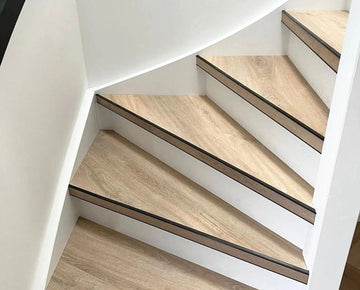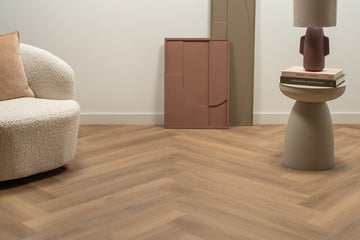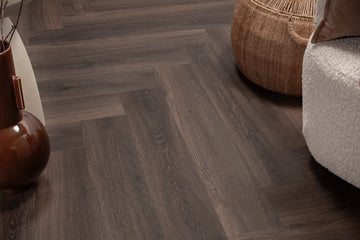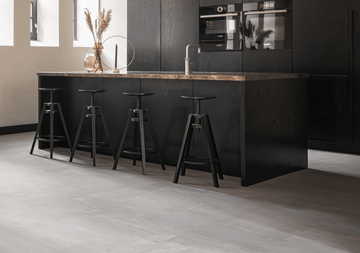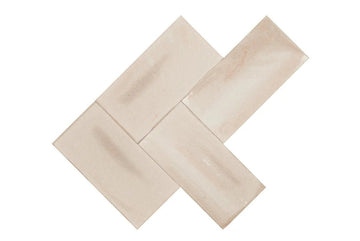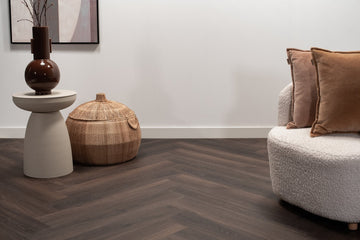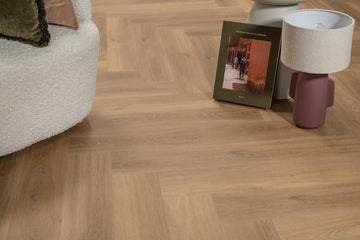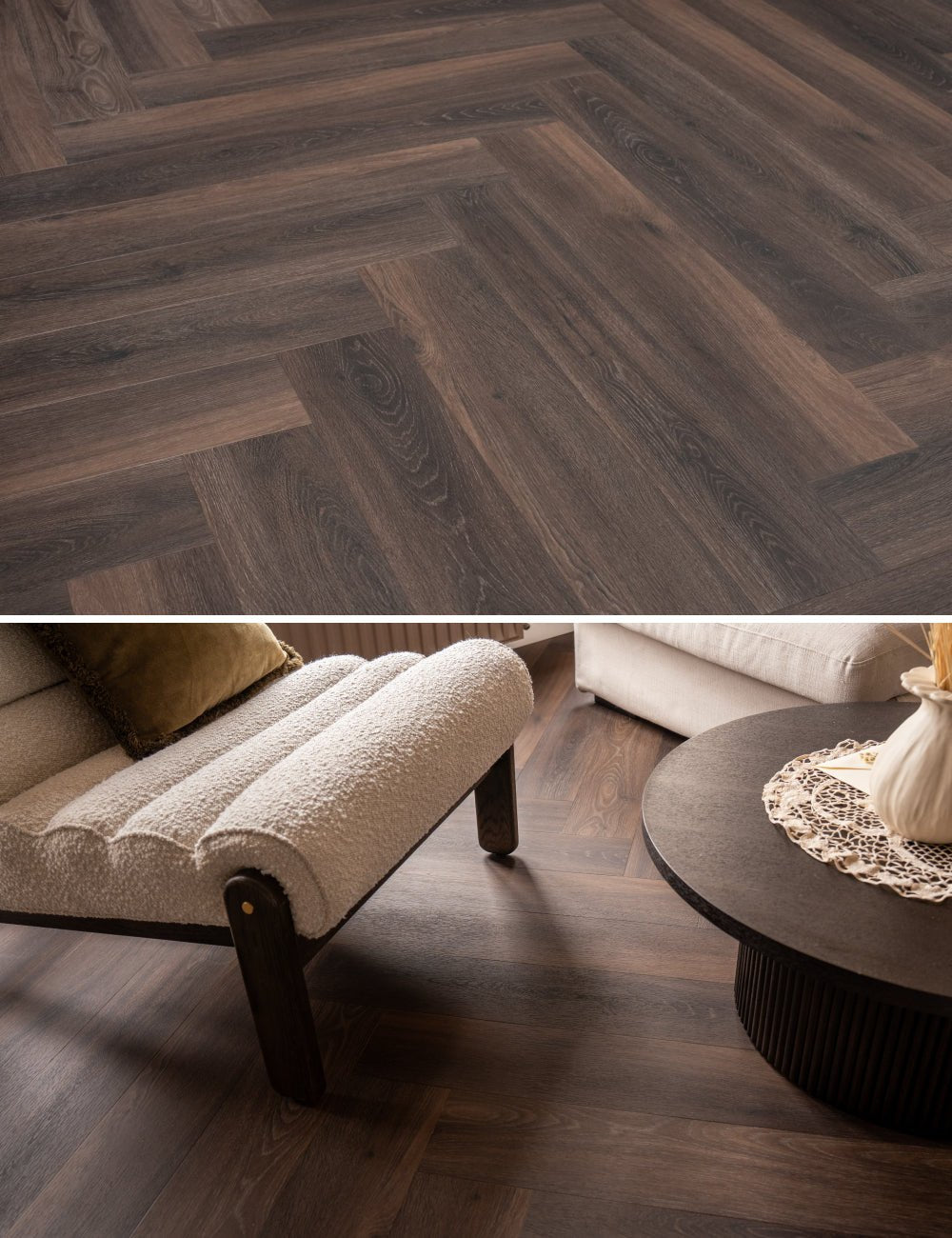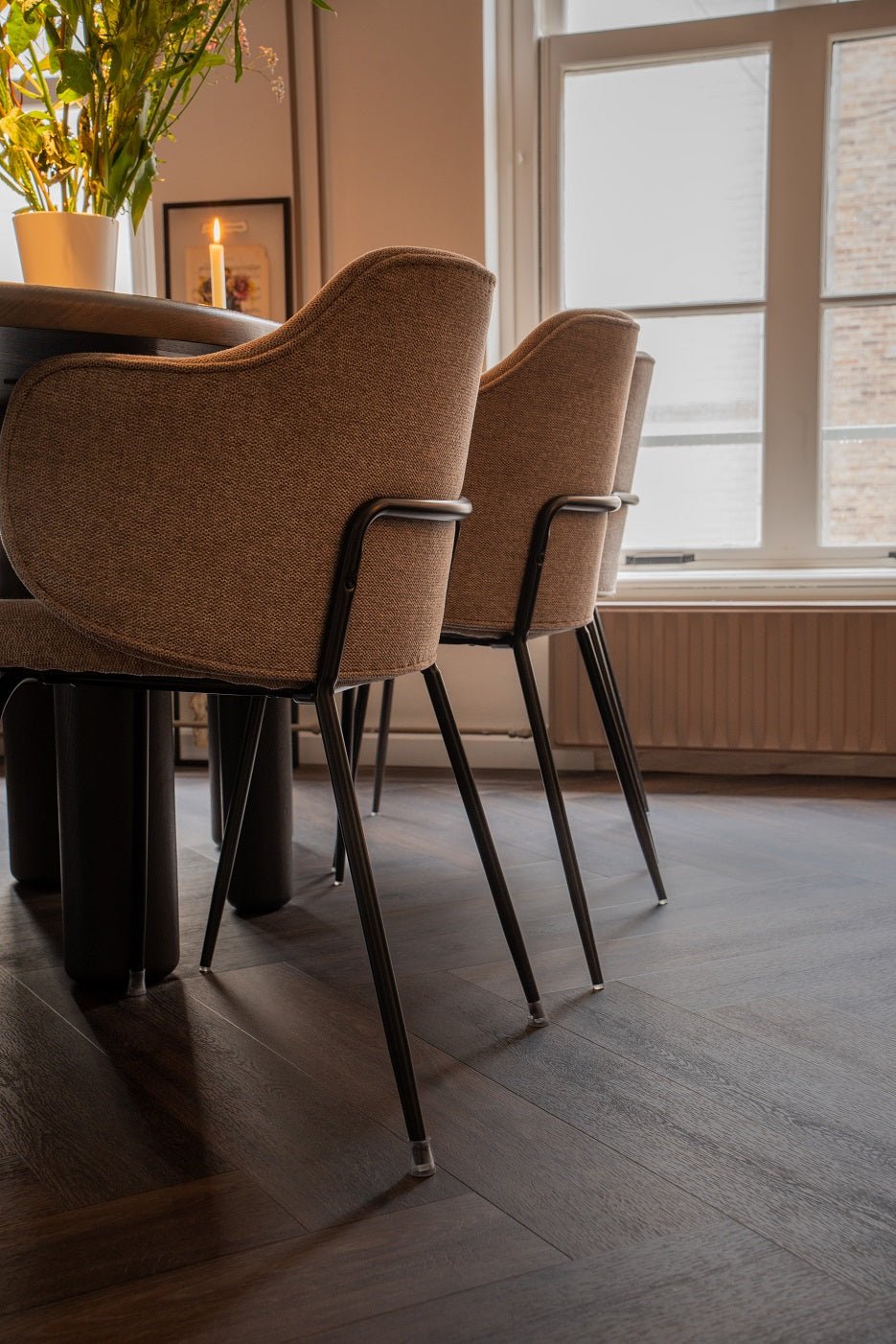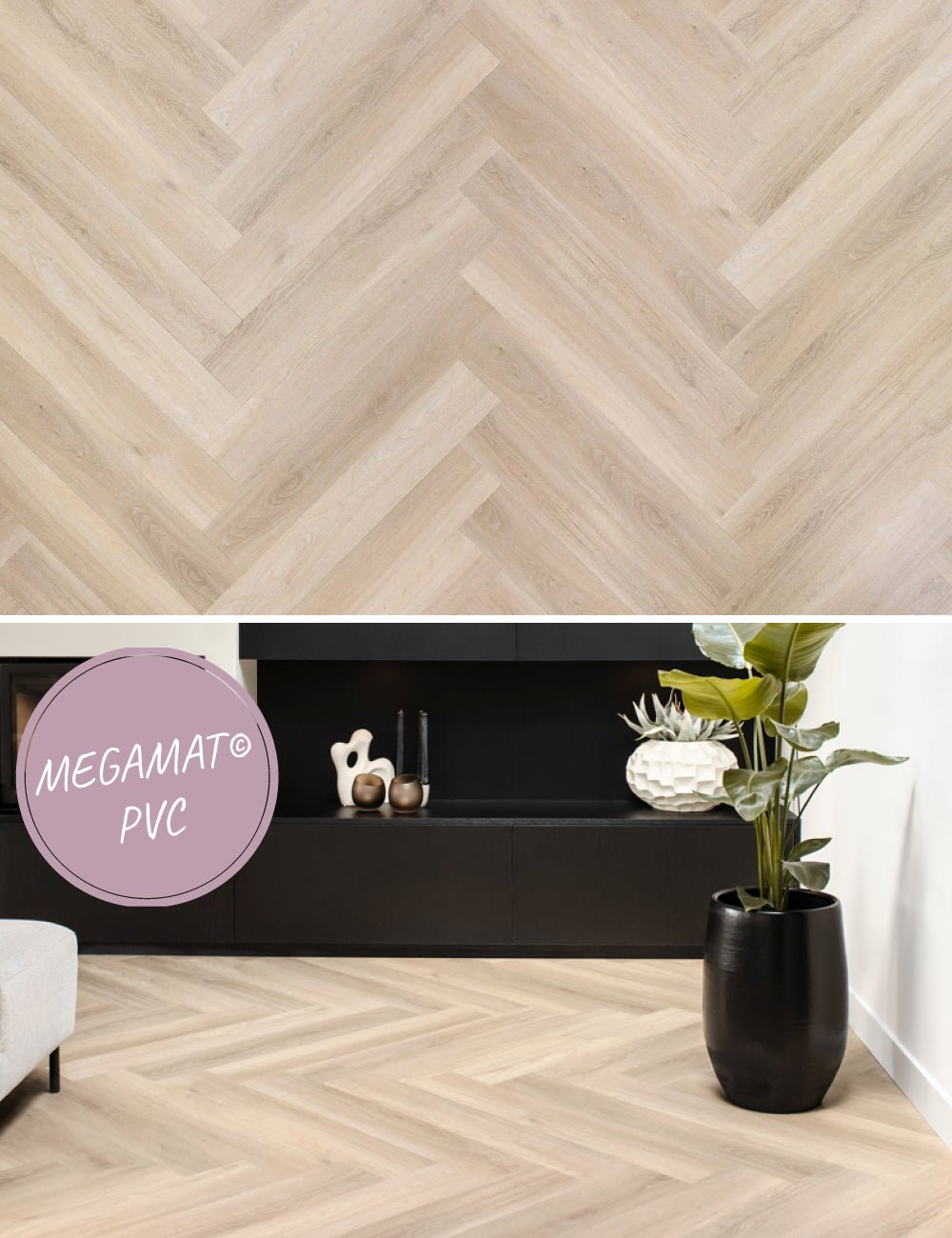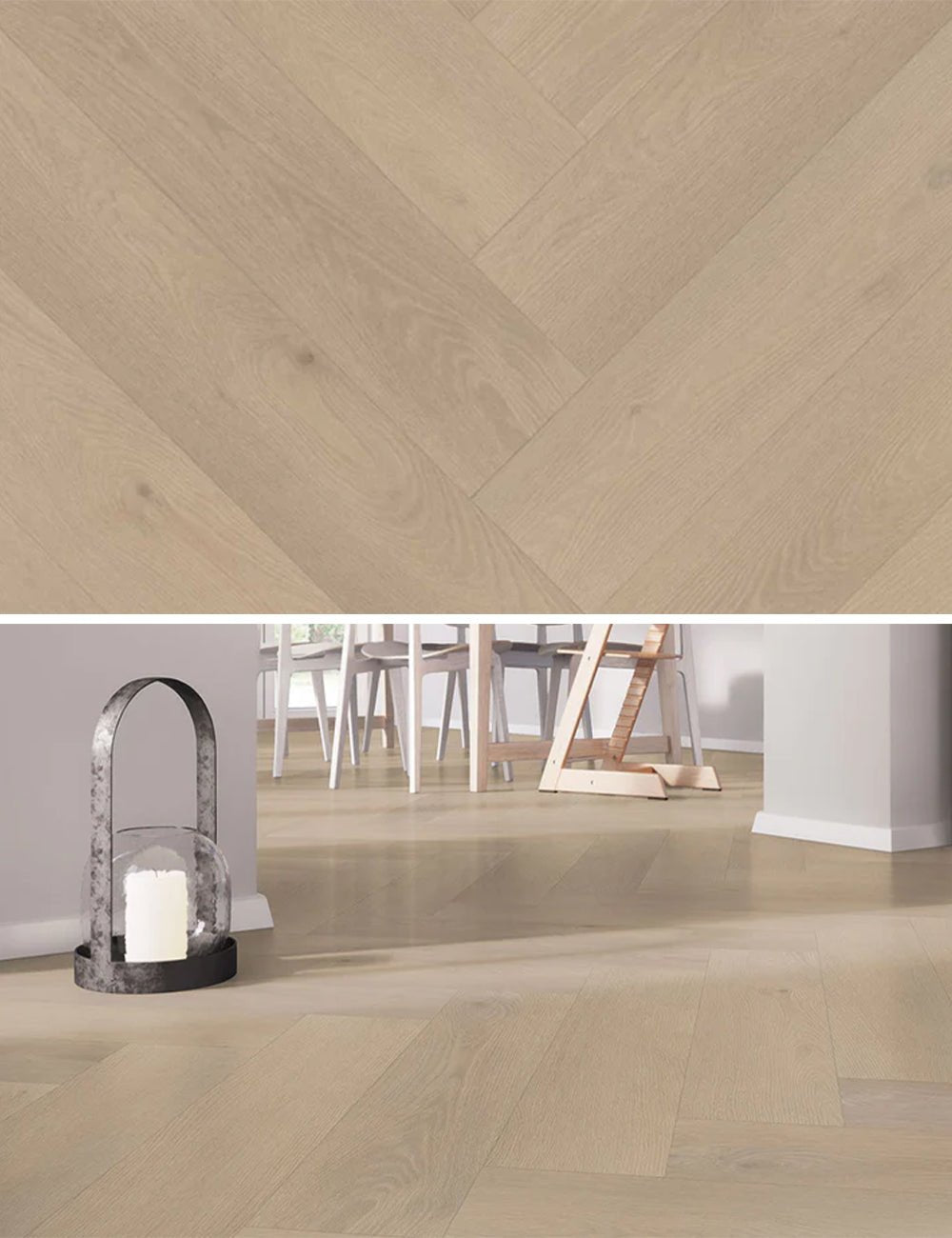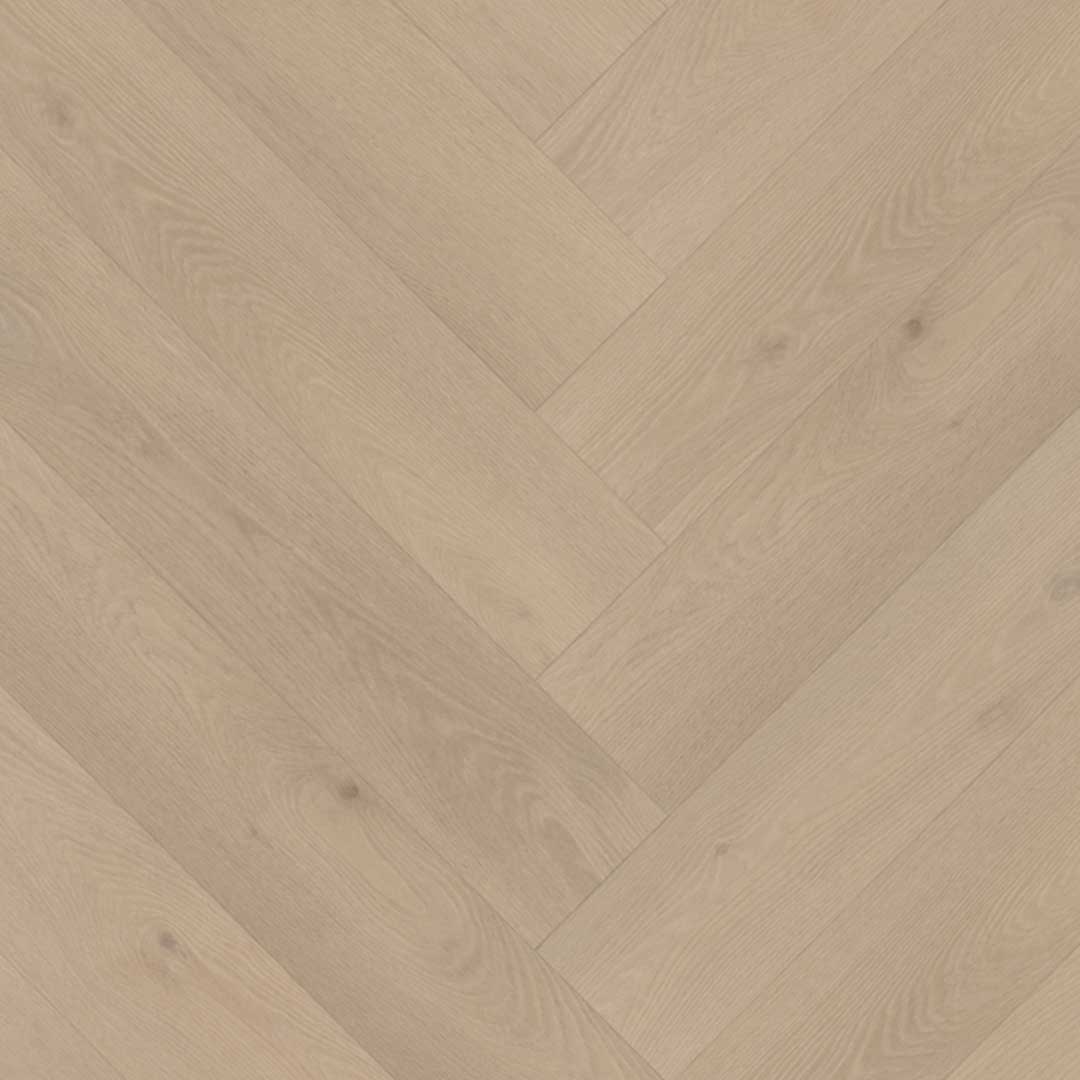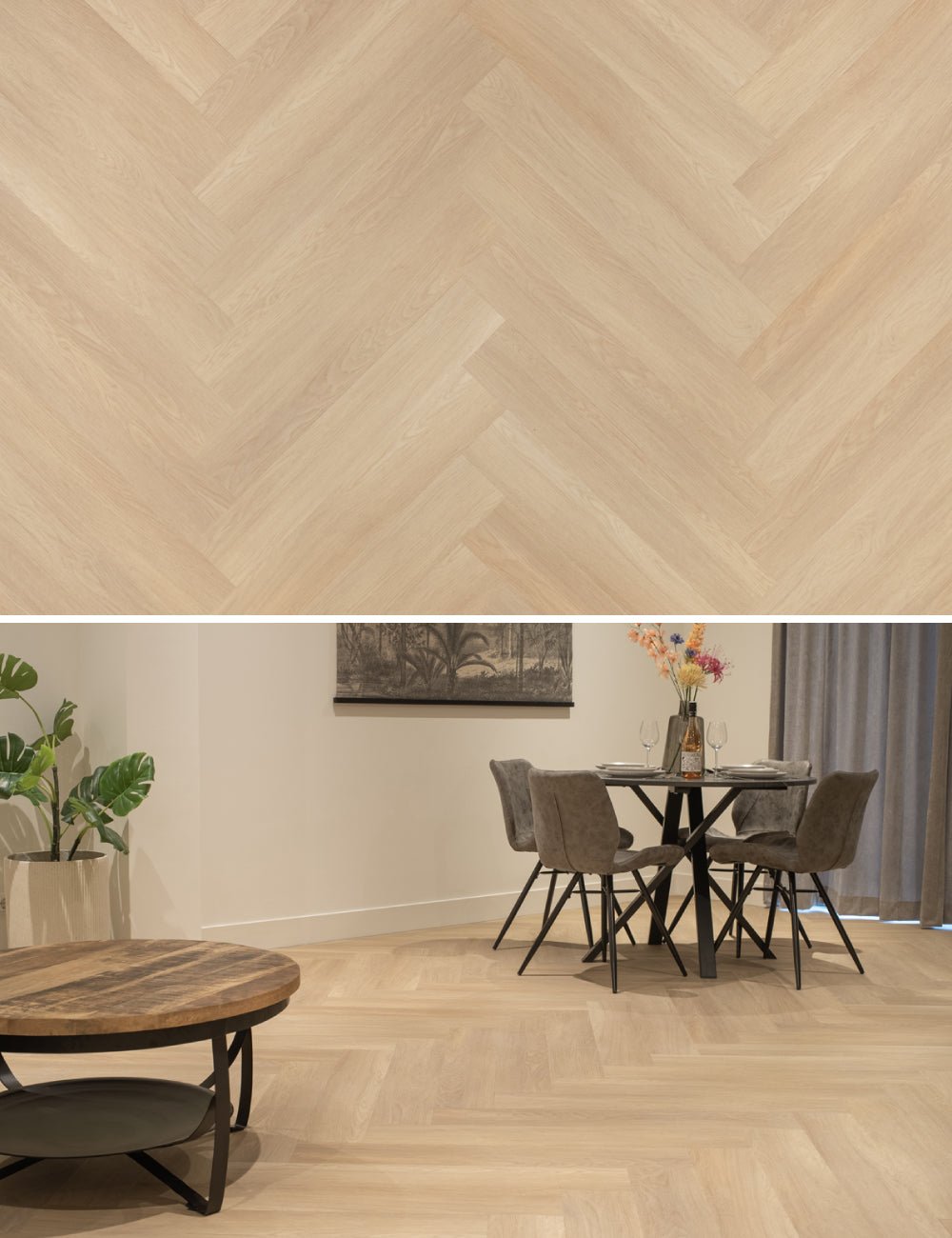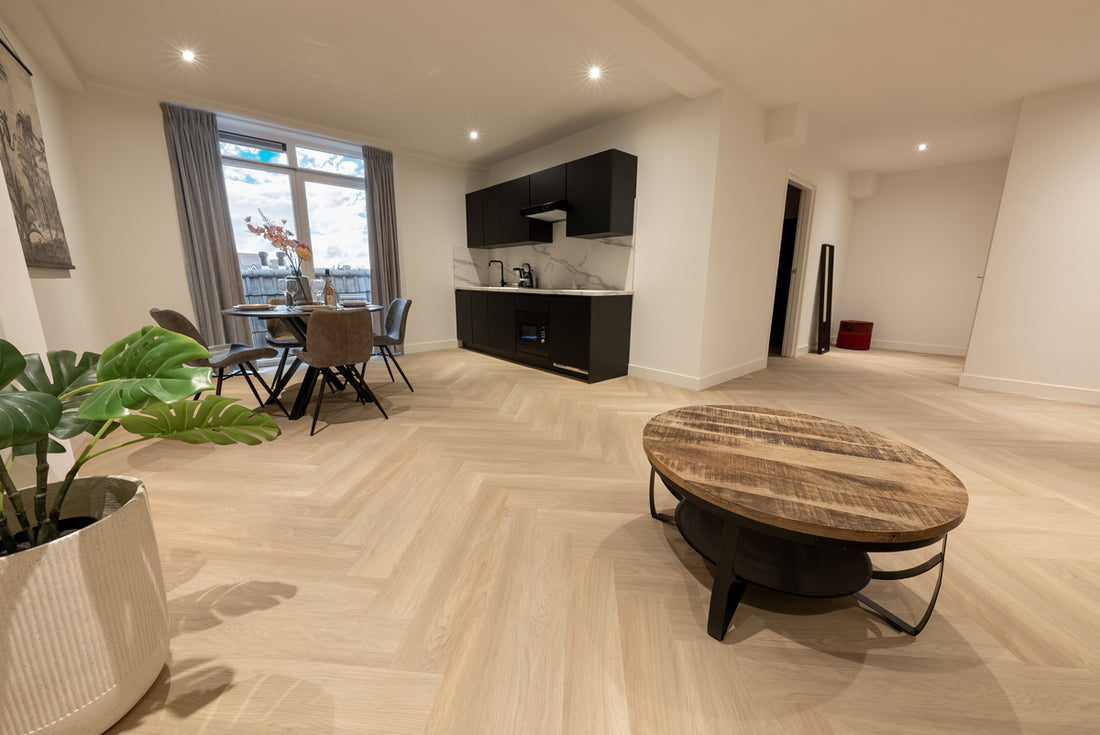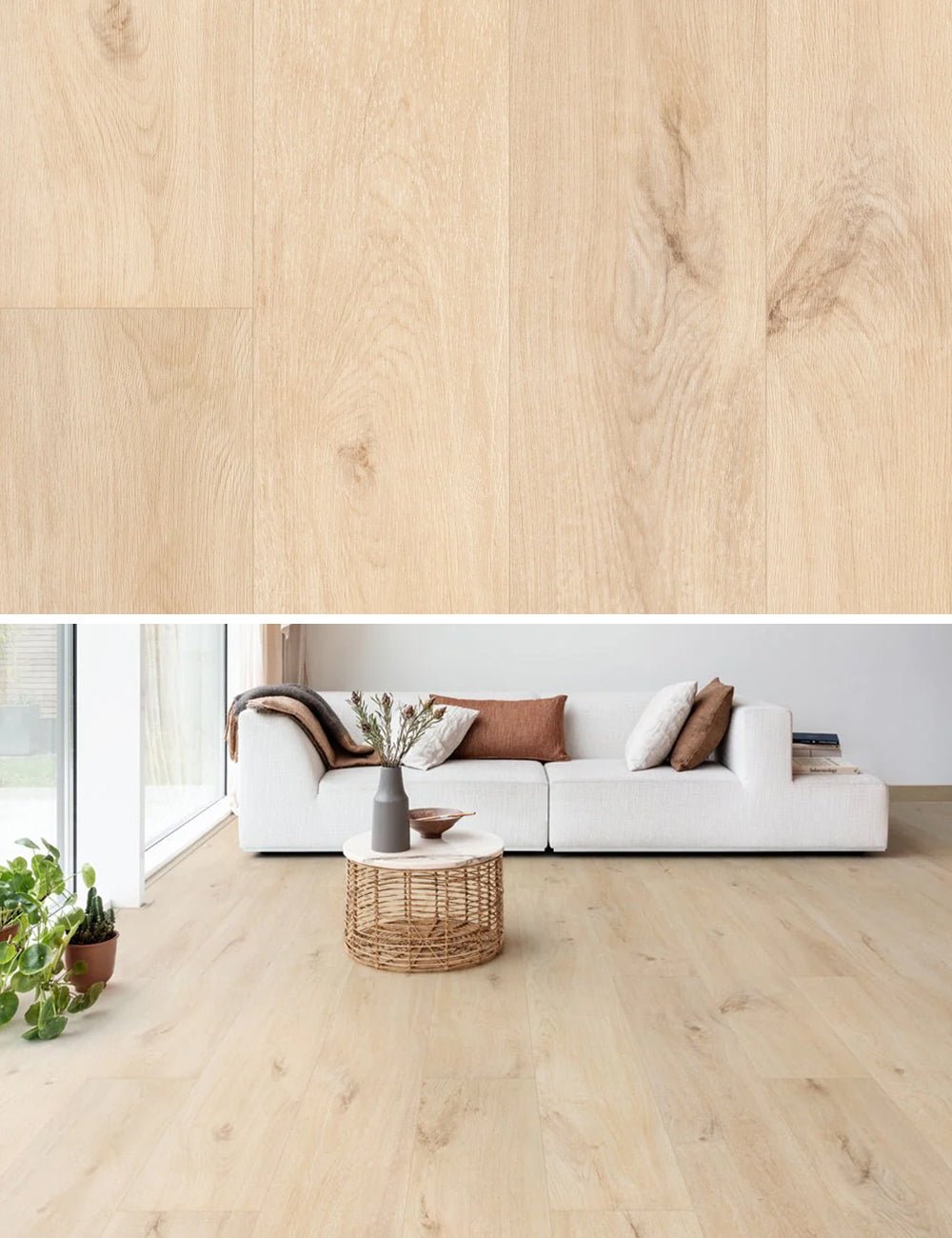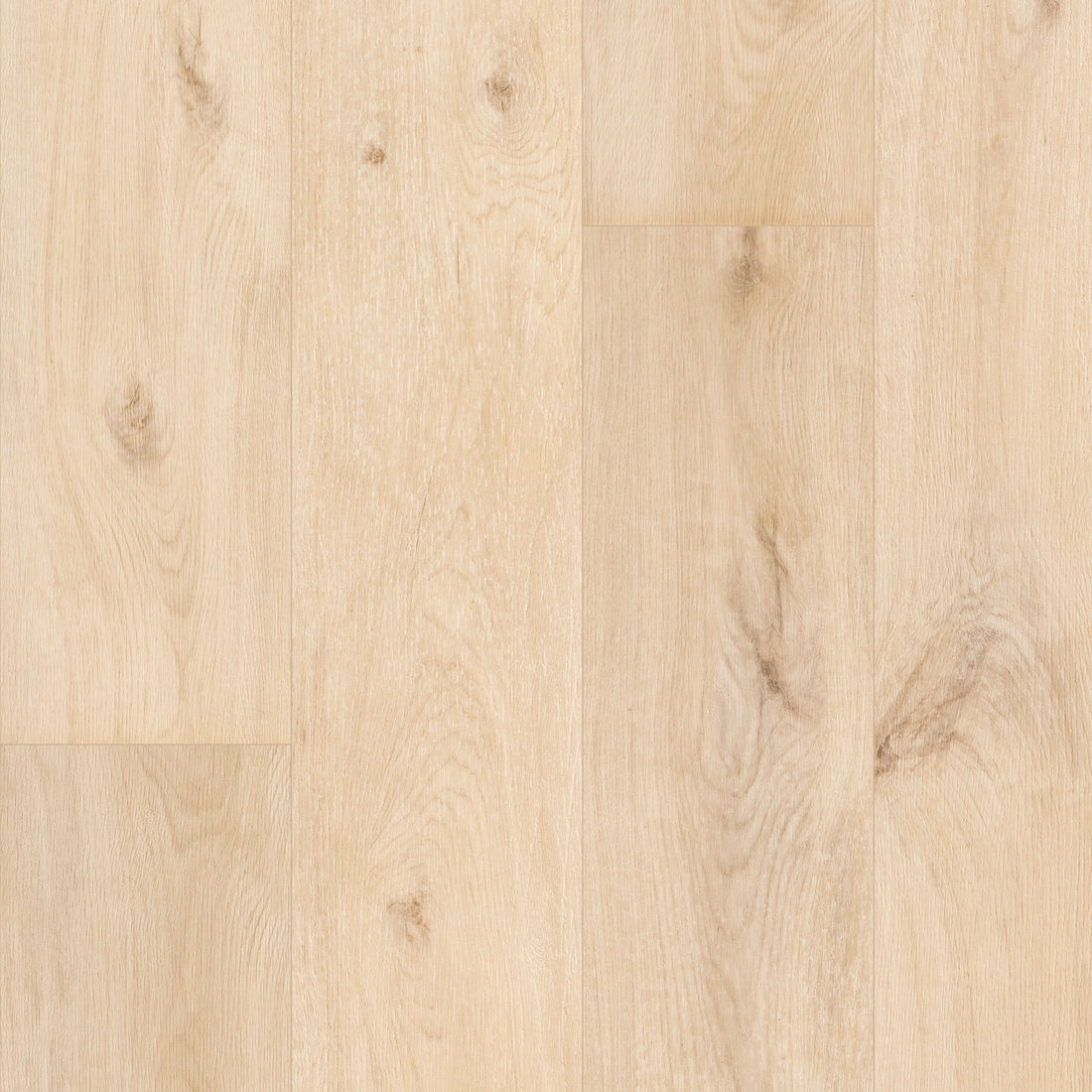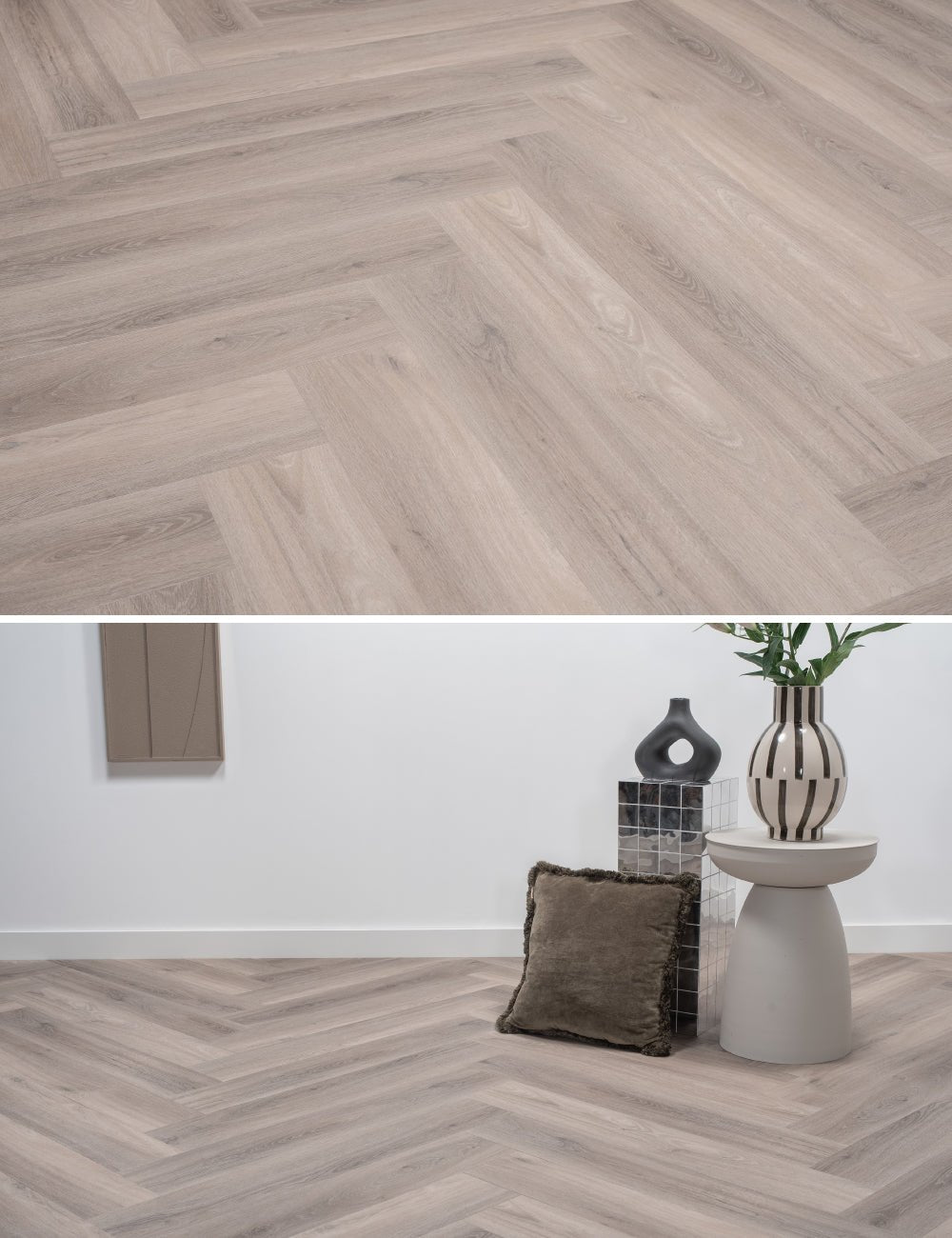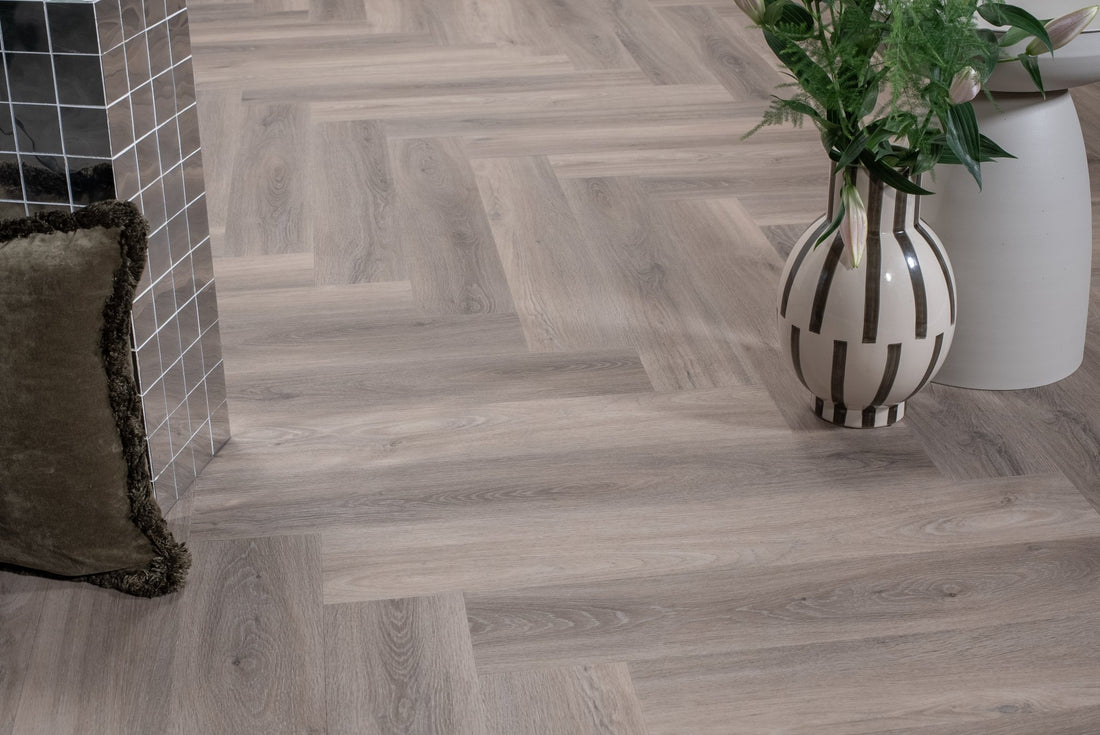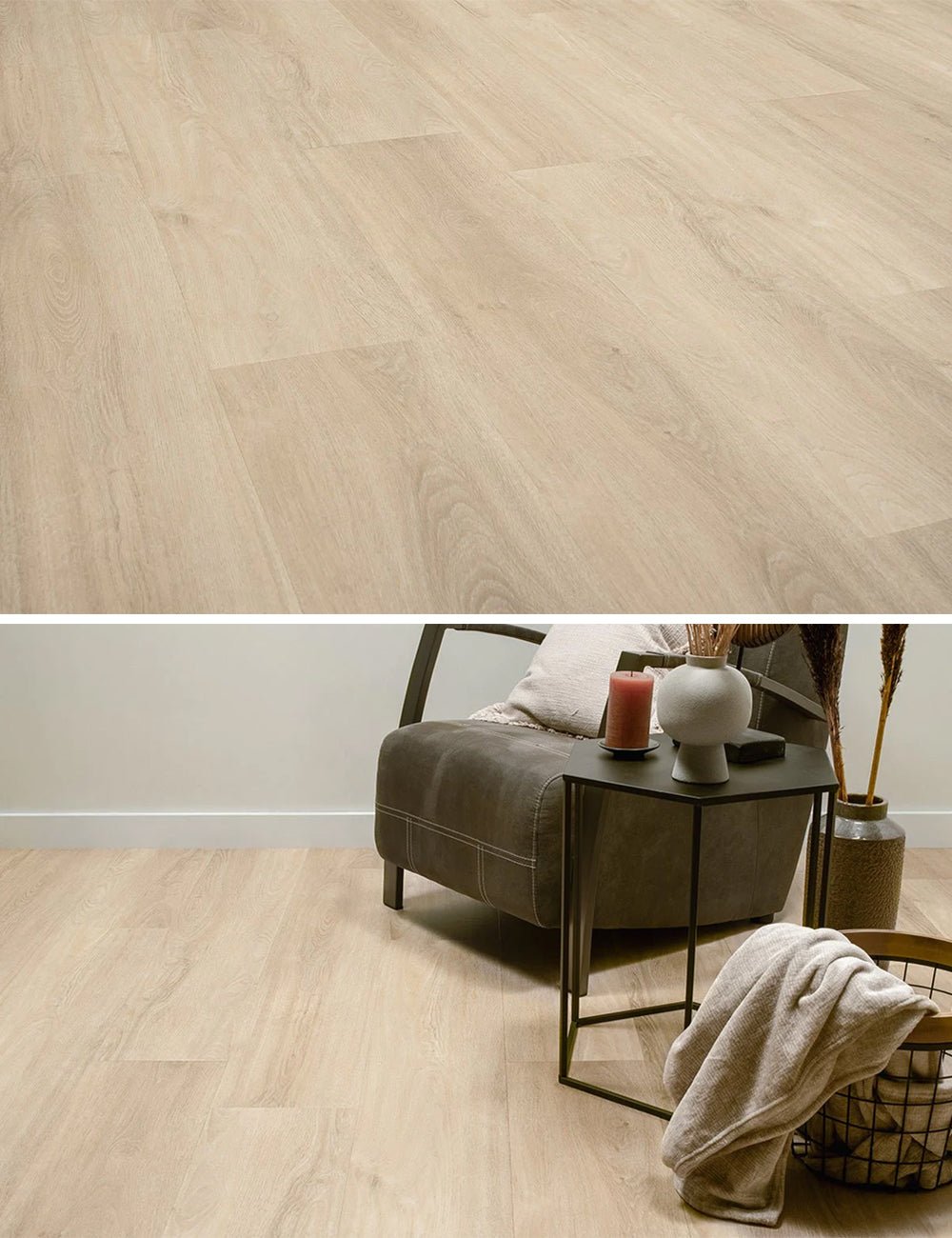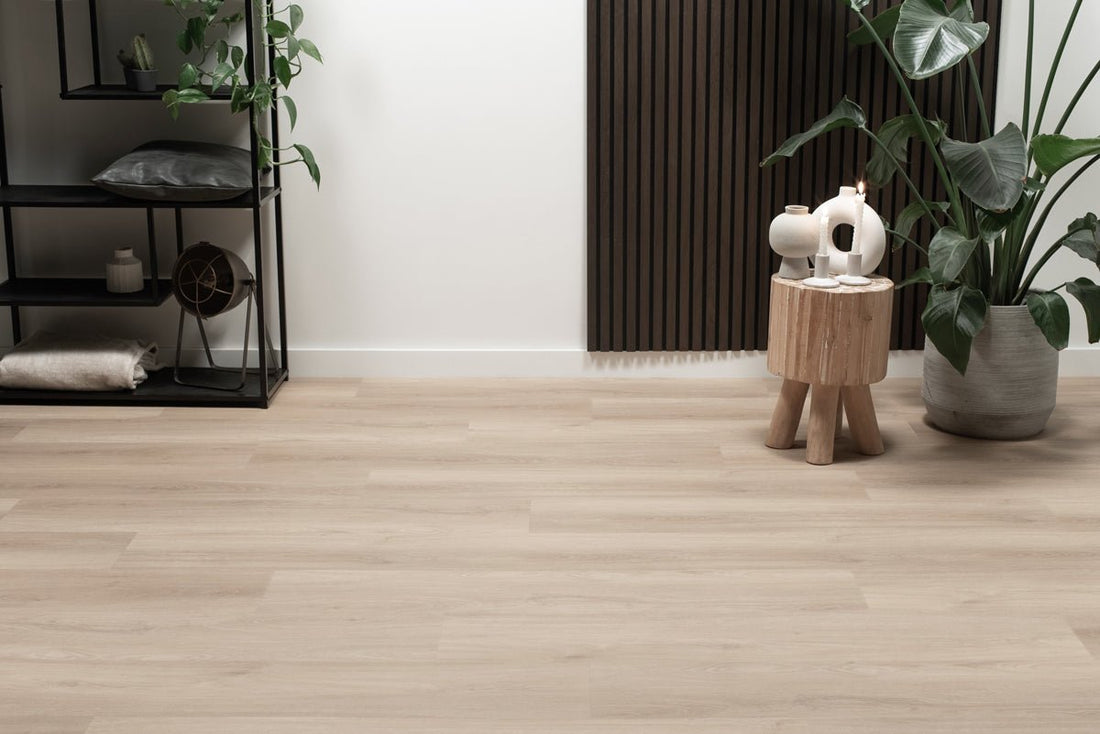Ceramic floor tiles are a popular choice due to their durability, versatility and aesthetic appeal. But have you ever wondered how these tiles are made? In this article, we will explore the production process of ceramic floor tiles, from the beginning with the raw materials to the end result of a beautiful floor covering.
-
Raw materials: The production process of ceramic floor tiles starts with the correct selection of raw materials. The main components are clay, quartz, feldspar and other minerals. These raw materials are carefully mixed to achieve the desired properties of the tiles, such as strength, texture and color.
-
Grinding and mixing: After selecting the raw materials, they are ground into a fine powder. This process ensures that the particles are evenly distributed and eliminates impurities. The finely ground powder is then mixed with water to form a homogeneous clay mass. During mixing, dyes and other additives can be added to obtain the desired color and properties of the tiles.
-
Design: The next step in the production process is the shaping of the tiles. There are several methods used, including pressing and extruding. When pressing, the clay mass is placed in molds and compressed under high pressure to obtain the desired shape of the tiles. Extruding, on the other hand, involves pressing the clay mass through a mold to form long strips or specific shapes.
-
Drying: After forming, the tiles must be dried to remove excess moisture. This usually happens in drying rooms where the tiles are exposed to controlled temperatures and air flows. The drying process can take several days and ensures that the tiles retain their shape and are ready for the next stage of the process.
-
Baking: The baking process, also known as the firing process, is a crucial step in making ceramic floor tiles. The dried tiles are placed in an oven and subjected to very high temperatures, usually between 1000°C and 1200°C. These high temperatures ensure that the clayey mass is transformed into a hard and durable tile. Baking also ensures the development of the desired colors and textures, as the minerals in the raw materials react and merge during the process.
-
Finishing: After firing, the tiles are subjected to various finishing processes to obtain their final appearance. This can be applying a glaze layer to protect the tiles and give them extra shine, or applying decorative patterns and textures. The tiles are also checked for quality and any defects or imperfections are identified and corrected.
-
Packaging and distribution: The final stage of the production process involves packaging the finished tiles and preparing them for distribution. The tiles are carefully stacked and packed to prevent damage during transport. They are then sent to distributors and retailers, where they are available for purchase and installation in living quarters.
The production process of ceramic floor tiles is a meticulous process that requires craftsmanship and precision. From selecting high-quality raw materials to forming, drying, baking and finishing the tiles, each stage contributes to the end result of durable and aesthetically pleasing floor coverings. By understanding this process, you can gain a deeper understanding of the quality and value of ceramic floor tiles and make an informed choice when selecting tiles for your project. Whether it's a renovation or new construction, ceramic floor tiles are an excellent choice for creating a beautiful and durable floor in your living space.


